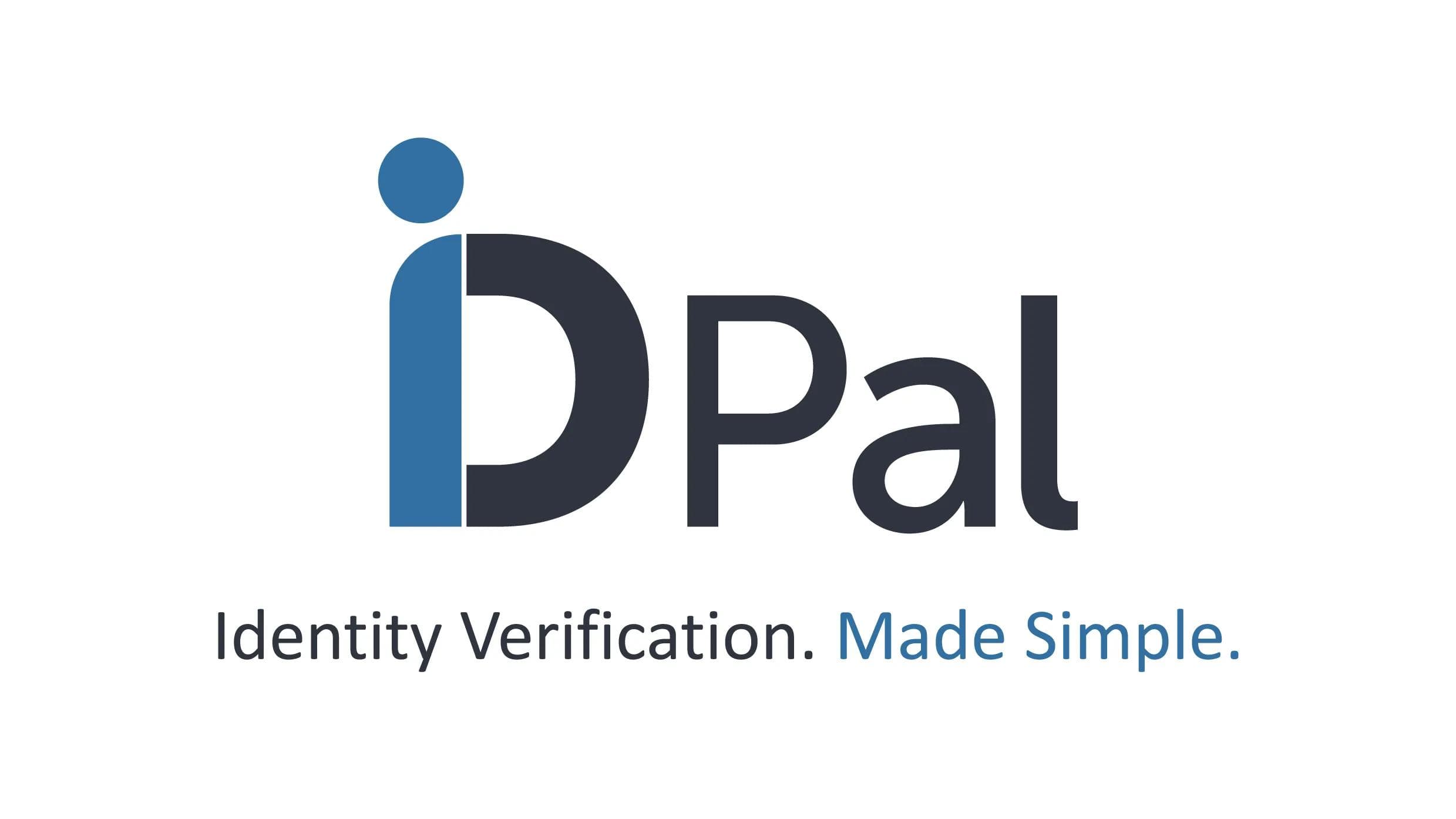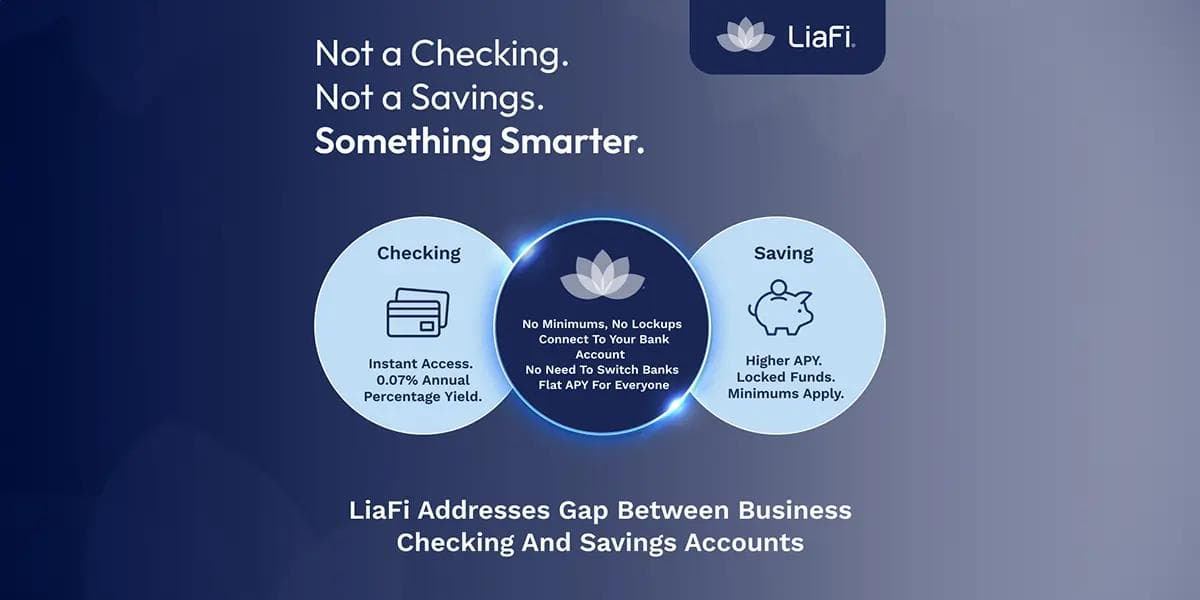LET’S TALK EU REFERENDUM
LET’S TALK EU REFERENDUM
Published by Gbaf News
Posted on October 13, 2016

Published by Gbaf News
Posted on October 13, 2016

By Mark Arian, Ernst & Young LLP
As a financial industry leader, you’ve read all about the European Union (EU) Referendum. You’ve learned about Article 50 of the Lisbon treaty, “passporting” rights for financial services and potential interpretations of the incoming Markets in Financial Investments Regulation(MiFIR) and MiFIR regulations. You’ve mapped out how various scenarios might affect each line of business at your financial institution.
Your UK-based employees have also become instant EU Referendum“experts.” They think they understand what’s at stake for their careers and their families. They have salaries denominated in now-devalued British pounds, mortgages to pay on homes perhaps declining significantly in value and kids in school. At the same time, there are still a great deal of unknowns surrounding the EU Referendum. Harnessing your employees’ concerns and speculations with a well-thought-out communications strategy and plan can help avoid undue worry and any premature actions.

Mark Arian, Ernst & Young LLP
Seeking a measure of stability, those with the right to work in the EU may be very open to near-term relocation to another financial center located within the European Union. In turn, EU banks could likely capitalize on market turmoil by hiring EU nationals with valuable London experience.
Facing a wave of questions with unknown consequences, not to mention a potential attrition of your most valuable staff, a complete “wait-and-see” approach to the EU Referendum won’t work.
Think of the EU Referendum as having thrown your organization into M&A mode. During a merger, everyone realizes that there will be major organizational changes and, most likely, layoffs.Although the EU Referendum was caused by an external political event rather than an internal business decision, the effects are very similar.
To manage the people who will be involved in the transition to a post-EU Referendum organization, we recommend taking three immediate steps:
First, communicate more.
In this environment, rumors and speculation spur massive uncertainty. Ambiguity turns against you.
Even in the midst of unknowns, it pays to control your own press. Fill in the gaps, ease the uncertainty and shape the messages in a tone that aligns with your company’s culture.If you can’t talk about outcomes, talk about process. Describe how key decisions are being made, who’s involved and what data points are being considered. Establish a centralized source of information where employees can get accurate, up-to-date information. Link to resources that explain the range of possibilities and the financial implications. Build a self-service portal (i.e., SharePoint site), allowing people to share and distribute informational resources within and between business units.
Second, research the alternatives.
For each jurisdiction being considered in your scenario planning, review the immigration laws, including visa requirements, points systems for work visas (if applicable) and any other status considerations {such as ancestral claims) that may enable people to live and work in the country.
Although European and UK nationals may continue to work in their respective host nations until the EU Referendum takes effect — two years after the Prime Minister invokes Article 50— people will want to stabilize their situations on a faster timetable.
Other elements to consider in your research may include relocation incentives, tax policies, employment laws and social security laws and coordination.These factors will play a significant role in your business planning.
Third, focus on your talent needs.
Even without knowing the extent to which your workforce will be impacted, scenario planning can take the discomfort out of ambiguity. Many companies lack solid data on how the EU Referendum may affect their workforce. Many financial services(FS) companies lack data about work locations for both temporary and permanent employees of British and EU national origin.
Any relocation scenario in the FS space will center, to a large degree, on requisite talent in an inbound location. Talent capacity is at the forefront of almost every relocation analysis. While tax, VAT and EU passporting are critical issues that must be explored in scenario planning, regulators will almost certainly want to see requisite skills in any relocation proposal. Access to skills inventory, levels and job grades, as well as visa and passport status, will be critical before approaching a supervisory regulator in any jurisdiction.
It’s not that these companies have been asleep at the wheel in collecting this information in a centralized manner, but rather that many of these details were considered unnecessary and, to an extent, private. Previously, UK companies simply needed to ensure prior to hiring someone that they had the proper citizenship or visa. In fact, EU privacy regulations prevent companies from requiring more detailed information from new hires.
Following the EU Referendum, new job descriptions will have to specify whether EU and UK nationality is required. Furthermore, you’ll need to learn more about your current employees in order to figure out where they best fit within the new organization. For this reason, we recommend that companies implement an organization and talent hub tracking system to manage employee information as well as start scenario planning on how your organization may be impacted: both locally and in a potential new market.
The challenge here will be reconciling privacy considerations with the need to place people in jobs fitting their actual situation. You’ll have to determine which pieces of data are required given your prospective EU/UK footprints and whether you can collect work status information as part of an application for a new position, or on a voluntary basis.
Relevant questions may include:
It will take years for the implications and second-order effects of the EU Referendum to manifest themselves. In the meantime, the industry won’t wait. Financial institutions are going to act quickly in realigning their staffing and delivery capabilities to accommodate new borders.
By initiating steady communication, you’ll involve your people in the decision-making process and get them thinking through their own options.
By researching the alternatives, you’ll be able to make clearer decisions about where to relocate, if necessary.
By gathering information about your people and their status as well as their willingness and ability to relocate, you’ll be able to identify the easiest-to-relocate people as well as those whom you can safely leave in place. You’ll also have the knowledge needed to retain your most highly valued employees with a comprehensive relocation package.
It won’t be easy, but it’s better for these EU Referendum conversations to begin sooner rather than later.
By Mark Arian, Ernst & Young LLP
As a financial industry leader, you’ve read all about the European Union (EU) Referendum. You’ve learned about Article 50 of the Lisbon treaty, “passporting” rights for financial services and potential interpretations of the incoming Markets in Financial Investments Regulation(MiFIR) and MiFIR regulations. You’ve mapped out how various scenarios might affect each line of business at your financial institution.
Your UK-based employees have also become instant EU Referendum“experts.” They think they understand what’s at stake for their careers and their families. They have salaries denominated in now-devalued British pounds, mortgages to pay on homes perhaps declining significantly in value and kids in school. At the same time, there are still a great deal of unknowns surrounding the EU Referendum. Harnessing your employees’ concerns and speculations with a well-thought-out communications strategy and plan can help avoid undue worry and any premature actions.

Mark Arian, Ernst & Young LLP
Seeking a measure of stability, those with the right to work in the EU may be very open to near-term relocation to another financial center located within the European Union. In turn, EU banks could likely capitalize on market turmoil by hiring EU nationals with valuable London experience.
Facing a wave of questions with unknown consequences, not to mention a potential attrition of your most valuable staff, a complete “wait-and-see” approach to the EU Referendum won’t work.
Think of the EU Referendum as having thrown your organization into M&A mode. During a merger, everyone realizes that there will be major organizational changes and, most likely, layoffs.Although the EU Referendum was caused by an external political event rather than an internal business decision, the effects are very similar.
To manage the people who will be involved in the transition to a post-EU Referendum organization, we recommend taking three immediate steps:
First, communicate more.
In this environment, rumors and speculation spur massive uncertainty. Ambiguity turns against you.
Even in the midst of unknowns, it pays to control your own press. Fill in the gaps, ease the uncertainty and shape the messages in a tone that aligns with your company’s culture.If you can’t talk about outcomes, talk about process. Describe how key decisions are being made, who’s involved and what data points are being considered. Establish a centralized source of information where employees can get accurate, up-to-date information. Link to resources that explain the range of possibilities and the financial implications. Build a self-service portal (i.e., SharePoint site), allowing people to share and distribute informational resources within and between business units.
Second, research the alternatives.
For each jurisdiction being considered in your scenario planning, review the immigration laws, including visa requirements, points systems for work visas (if applicable) and any other status considerations {such as ancestral claims) that may enable people to live and work in the country.
Although European and UK nationals may continue to work in their respective host nations until the EU Referendum takes effect — two years after the Prime Minister invokes Article 50— people will want to stabilize their situations on a faster timetable.
Other elements to consider in your research may include relocation incentives, tax policies, employment laws and social security laws and coordination.These factors will play a significant role in your business planning.
Third, focus on your talent needs.
Even without knowing the extent to which your workforce will be impacted, scenario planning can take the discomfort out of ambiguity. Many companies lack solid data on how the EU Referendum may affect their workforce. Many financial services(FS) companies lack data about work locations for both temporary and permanent employees of British and EU national origin.
Any relocation scenario in the FS space will center, to a large degree, on requisite talent in an inbound location. Talent capacity is at the forefront of almost every relocation analysis. While tax, VAT and EU passporting are critical issues that must be explored in scenario planning, regulators will almost certainly want to see requisite skills in any relocation proposal. Access to skills inventory, levels and job grades, as well as visa and passport status, will be critical before approaching a supervisory regulator in any jurisdiction.
It’s not that these companies have been asleep at the wheel in collecting this information in a centralized manner, but rather that many of these details were considered unnecessary and, to an extent, private. Previously, UK companies simply needed to ensure prior to hiring someone that they had the proper citizenship or visa. In fact, EU privacy regulations prevent companies from requiring more detailed information from new hires.
Following the EU Referendum, new job descriptions will have to specify whether EU and UK nationality is required. Furthermore, you’ll need to learn more about your current employees in order to figure out where they best fit within the new organization. For this reason, we recommend that companies implement an organization and talent hub tracking system to manage employee information as well as start scenario planning on how your organization may be impacted: both locally and in a potential new market.
The challenge here will be reconciling privacy considerations with the need to place people in jobs fitting their actual situation. You’ll have to determine which pieces of data are required given your prospective EU/UK footprints and whether you can collect work status information as part of an application for a new position, or on a voluntary basis.
Relevant questions may include:
It will take years for the implications and second-order effects of the EU Referendum to manifest themselves. In the meantime, the industry won’t wait. Financial institutions are going to act quickly in realigning their staffing and delivery capabilities to accommodate new borders.
By initiating steady communication, you’ll involve your people in the decision-making process and get them thinking through their own options.
By researching the alternatives, you’ll be able to make clearer decisions about where to relocate, if necessary.
By gathering information about your people and their status as well as their willingness and ability to relocate, you’ll be able to identify the easiest-to-relocate people as well as those whom you can safely leave in place. You’ll also have the knowledge needed to retain your most highly valued employees with a comprehensive relocation package.
It won’t be easy, but it’s better for these EU Referendum conversations to begin sooner rather than later.
Explore more articles in the Top Stories category











